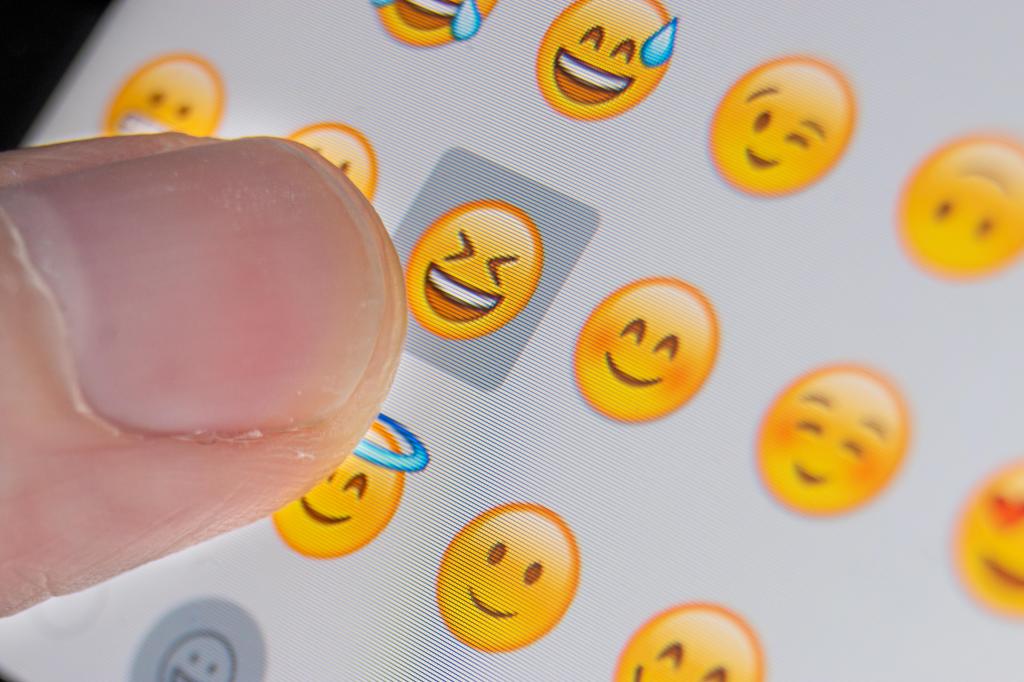Emojis serve as an essential part of everyday communication, but they can sometimes be misinterpreted, leading to misunderstandings. Not only are there generational differences in the interpretations of emojis, but there are also variations in the meanings of emojis across different cultures and countries. According to linguistic expert Noël Wolf, emojis can have second meanings that vary between individuals. These discrepancies in interpretation can impact the effectiveness of communication via emojis.
One such emoji with contrasting interpretations is the “sign of the horns,” which is commonly associated with rock ‘n’ roll. While it symbolizes a gesture of approval or excitement in Western cultures, in countries like Italy, Portugal, and Mexico, it can imply that someone has been cheated on. The linguistic connection between the words for infidelity and “horns” in these languages contributes to this alternative meaning. This example highlights the importance of understanding cultural nuances when using emojis to convey messages.
The “hot springs” emoji, characterized by steam rising off an “onsen,” is a symbol with specific cultural significance in Japan, where it represents traditional hot-spring baths. Emojis like this one that originate from Japan often reflect elements of Japanese culture. Similarly, the “fish cake with swirl” emoji, featuring a slice of Japanese narutomaki, is associated with meals or eating in Japanese culture. Emojis that are rooted in specific cultural contexts may not be universally understood, underscoring the need for contextual knowledge when using them in communication.
Another emoji, the “love hotel,” is often confused with the “hospital” emoji. In actuality, a love hotel refers to establishments that offer accommodations by the hour rather than for overnight stays. The evolution of emoji meanings over time adds another layer of complexity to their interpretations. For instance, the “person tipping hand” emoji was originally designed to represent an information desk worker but is now commonly used to convey sassiness or sarcasm. The evolution of emoji meanings reflects changes in language and usage patterns in communication.
The “teacup without handle” emoji, resembling a cup of green tea served on a wooden mat, can be misleading to some, who might mistake it for a bowl of soup. Additionally, younger generations, particularly Gen Z, have assigned new meanings to emojis based on evolving social media trends. For example, the green tea emoji is often associated with gossip or sharing secrets, following the trend of using “tea” to refer to gossip. As such, the evolving interpretations and double meanings of emojis can pose challenges for individuals who are not familiar with the latest trends in digital communication platforms.
To navigate the complexities of emojis and their varied interpretations, it is essential to consider cultural contexts, generational differences, and evolving trends in communication. Understanding the cultural origins and connotations of emojis can help individuals communicate more effectively across different demographics. As emojis continue to play a significant role in digital communication, being aware of the nuances in their meanings can promote clearer and more accurate messaging in our day-to-day interactions.


